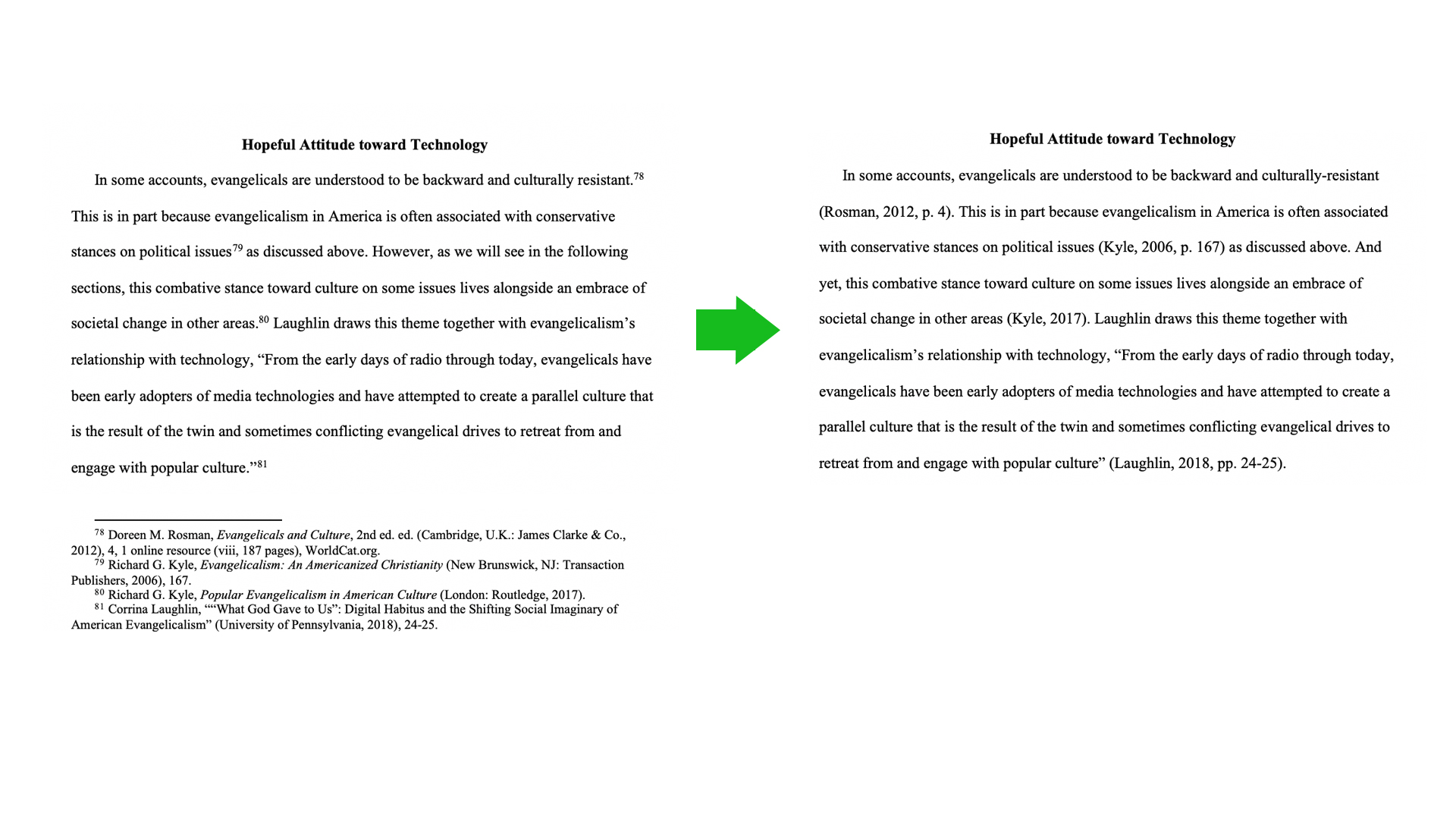

- ENDNOTE CITATION FOR A WEBSITE TURABIAN HOW TO
- ENDNOTE CITATION FOR A WEBSITE TURABIAN MANUAL
- ENDNOTE CITATION FOR A WEBSITE TURABIAN FULL
You found this letter in Folder 6 in Box 2. Harris to Frank Coxe, and it was written on March 25, 1889. Let's say you're working with the Frank Coxe Papers and you find a letter you want to cite. This has basic information about the collection, repository, and location of repository that you will need for your citation, but you will also add more information as you conduct your research.

Look at the citation information from the Frank Coxe Papers finding aid above.
ENDNOTE CITATION FOR A WEBSITE TURABIAN FULL
The shortened reference refers to a work that has already been cited in full form but not in a note immediately preceding it (which takes the ibid form).Carolina Mountain Club, " Certificate of Incorporation." Note (Subsequent mentions, shortened reference):ħ. Use a comma after all the elments in the note and a period at the end of the note.If the item does not have a date use the phrase n.d.If the item does not have a title but only a description it does not go in quotation marks. If the item has a specific title, as this one does, then that title is in quotation marks.In this case, start the note with the name or title of the item. Sometimes you will not have an author.If the author is an individual, their name should be listed with the first name then last name (Frank Coxe).Ramsey Library Special Collections, University of North Carolina at Asheville, Asheville, NC. Carolina Mountain Club, " Certificate of Incorporation of the Carolina Mountain Club," 2 September 1924, Box 15, Folder 19, Carolina Mountain Club Archives, D. Now what? Let's take a look at how this would work: Name of author (if known)ġ. So you have your document and you want to cite it.
ENDNOTE CITATION FOR A WEBSITE TURABIAN MANUAL
(For more detailed information on citing manuscript collections, see the "Manuscript Collections" section of the Chicago Manual of Style, 16th edition, sections 14.232-14.242, pp. There is a corporate author, the Carolina Mountain Club. You found this document in Folder 19 in Box 15. This has basic information about the collection, repository, and location of repository that you will need for your citation, but you will also add more information as you conduct your research.įor instance, you might be working with the Carolina Mountain Club Archives, and you want to cite a specific document, the "Certificate of Incorporation of the Carolina Mountain Club" which is dated September 2, 1924. Look at the citation information from the Carolina Mountain Club finding aid above. Ramsey Library, Special Collections, University of North Carolina at Asheville 28804.Įxample 1: Citing a document from a manuscript collection Ramsey Library, Special Collections, University of North Carolina at Asheville 28804įrom the finding aid for the Carolina Mountain Club Archives:Ĭarolina Mountain Club Archive, D.H. Here are two examples:įrom the finding aid for the Frank Coxe Papers:

Most finding aids include some basic information that you will need for your citation. Manuscript collections may contain letters, legal documents, company records, reports, photographs, maps, and other materials. Special Collections contains nearly 200 manuscript collections, such as the Frank Coxe Papersor the Carolina Mountain Club Archive. If you have any questions about citing materials from Special Collections, ask one of the Special Collections staff or your professor. The other details needed for a citation (such as the name of the item, the author of the item, and the box and folder number) will emerge during your research.

ENDNOTE CITATION FOR A WEBSITE TURABIAN HOW TO
This guide shows how to create an initial citation, a subsequent note, and a bibliography entry for primary sources.Ī word about "Preferred Citation" and "Citation" information in Special Collections' finding aids: This page includes citation examples for different kinds of primary sources using the Chicago Manual of Style (CMOS), 16th edition, and Kate Turabian's A Manual for Writers of Research Papers, Theses, and Dissertations, 8th edition.


 0 kommentar(er)
0 kommentar(er)
